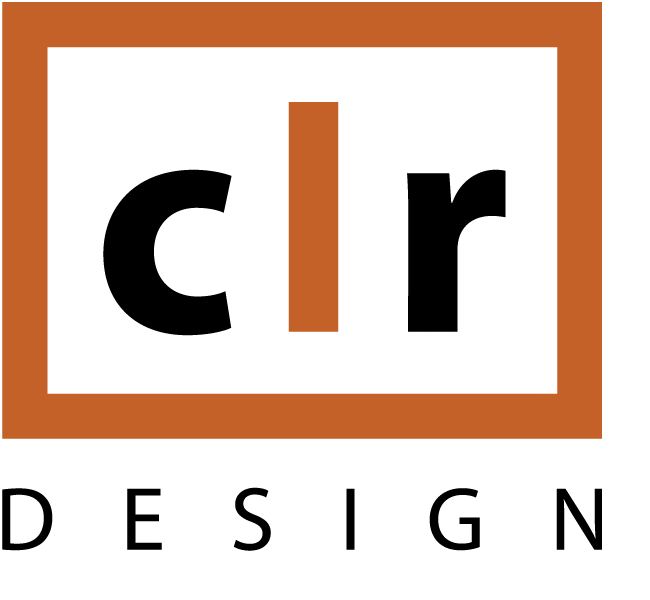Campus ecology is a CLR term for building and operating a campus in a sustainable way. More philosophically speaking, it is a long-term vision to showcase zoos’ missions of conservation, education and sustainability that guides institutions’ daily operations, policies and future projects.
More than a checklist, zoos and aquariums worldwide must interpret green design in terms of their unique climates, cultures, and plants and animals, which will result in a rich diversity of new design directions.
Whether it be a LEED, BCA Greenmark, Estidama, Living Building Challenge project, or some other sustainable initiative, we constantly test and apply appropriate environmental or sustainable design strategies to create a project that improves the quality of life for plants, animals, and humans and strives to conserve natural resources for current and future generations. The appropriate selection of building materials, proper siting, and an understanding of natural systems contribute to a responsible and cost-effective design response.
Some key elements of CLR’s vision of Campus Ecology include a tangible set of ideals:
Site: How does the project impact and enhance site balances for drainage, vegetation, forestation, and carbon footprint?
Animals: Is there an internal/external conservation ecology for the entire animal collection and site-specific project species? Is there a master concept for species conservation education, not just an acquisition list of animals one might like to have?
Guest Impact: Create a fun trail of varied experiences for guests to connect from arrival through entry, through core experiences to exit, that reinforces the institution’s mission.
Staff Cohesion: To instill a sense of community and pride in the campus, along with a terrific animal and guest experience may be a way to focus staff direction and even attract and keep a strong core team.
